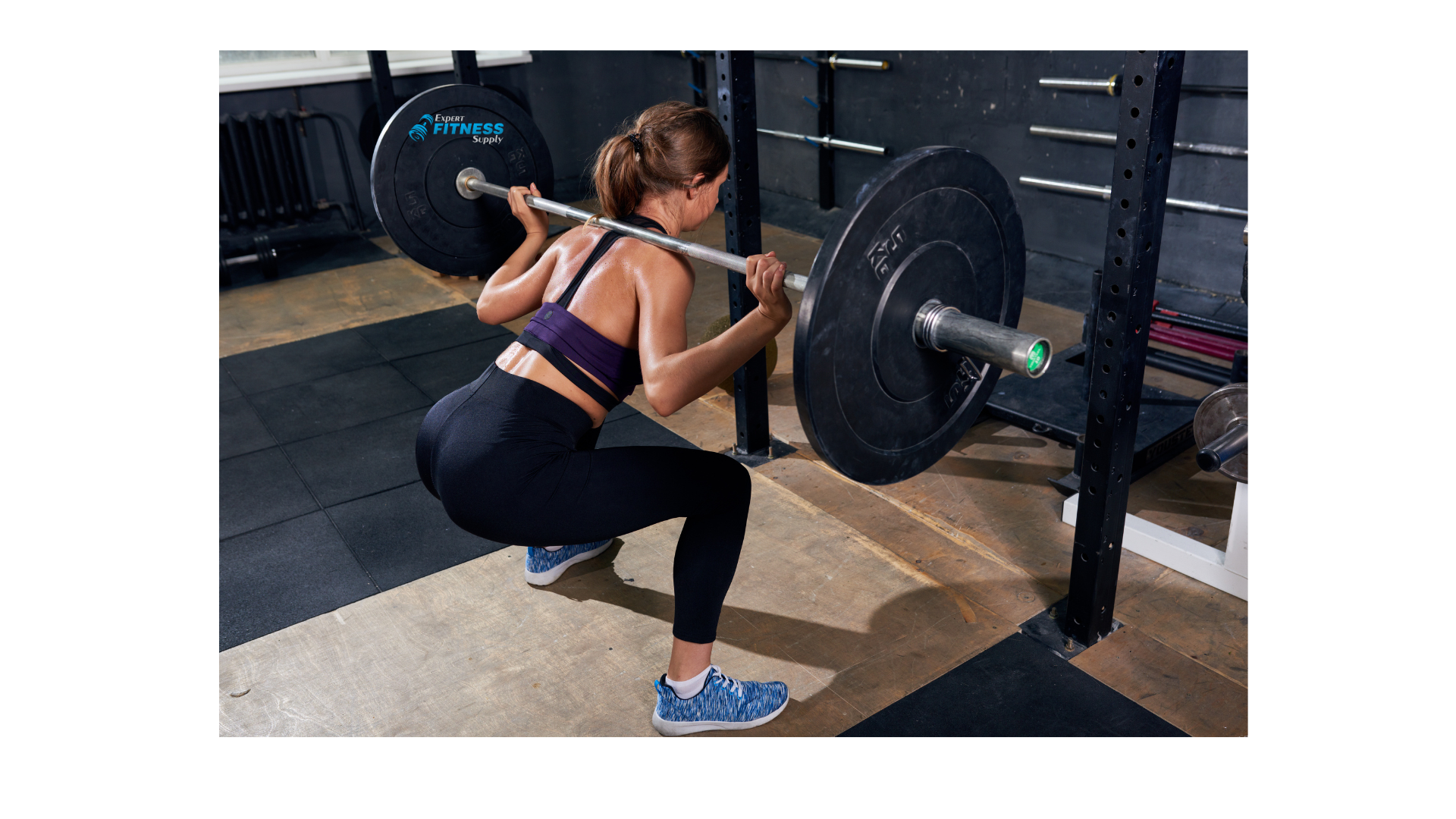- Email us if you have any questions:
- (954) 282-9080
- [email protected]
How to Breathe Properly When Squatting: Maximizing Core Stability and Strength

5 Top Effective Workouts for Small Spaces
August 4, 2024
Can I Buy Fitness Equipment with My HSA? Navigating Health Spending Accounts for Fitness and Wellness
November 7, 2024Proper breathing while squatting is critical for enhancing performance and ensuring spinal safety, especially when lifting heavy loads. The key technique involves using the Valsalva maneuver, which combines a deep diaphragmatic breath with core bracing, to increase intra-abdominal pressure (IAP) and protect the spine. Here’s a comprehensive guide to the correct breathing process for squats, inspired by experts at Squat University:
1. Why Breathing Matters in Squats
Breathing plays a crucial role in maintaining core stability, which is essential for heavy squats. The spine relies on coordinated muscle activation to prevent injury. Proper breathing enhances this coordination, while incorrect technique can lead to decreased stability and increased injury risk. The key to squatting safely and effectively lies in synchronizing breathing with core bracing.
2. Core Stability and Its Relationship with Breathing
A stable spine is critical for safe, powerful squats. The stability of your spine relies on the 29 muscles that form your core, including the diaphragm, abdominal muscles, back muscles, and hip stabilizers. These muscles work together to keep the spine neutral and prevent excessive movement during the squat.
Bracing the core before descending into a squat ensures that your spine remains stable. The commonly used cue “brace for a punch” reminds lifters to engage their core muscles as if they were preparing for an impact. However, bracing alone is not enough—you need to breathe correctly to fully stabilize the spine under heavy loads.
3. The Importance of Intra-Abdominal Pressure (IAP)
When you take a deep breath into your abdomen (not your chest) and brace your core, you create intra-abdominal pressure (IAP). This pressure acts like a natural belt, supporting the spine and preventing it from collapsing under heavy weight. Without sufficient IAP, the weight can place stress on the vertebrae, increasing the risk of injury.
To build this pressure, breathe into your belly by letting your diaphragm descend, causing your abdomen and lower ribcage to expand outward. If done correctly, you will feel your stomach and sides expand—indicating that your diaphragm is engaged. This breath combined with core bracing increases the pressure inside your abdomen, supporting your spine throughout the lift.
4. The Valsalva Maneuver: How It Works
The Valsalva maneuver is a breathing technique that lifters use to hold their breath during heavy squats. This maneuver involves taking a deep diaphragmatic breath and then holding it while bracing the core as you descend into the squat. The key is to exhale only slightly during the ascent, maintaining pressure within the core to stabilize the spine.
- Step 1: Before you descend, take a big breath into your belly. Your chest should remain relatively still.
- Step 2: Brace your core as if you’re preparing for a punch, but don’t let the breath out.
- Step 3: Hold your breath as you descend into the squat. As you rise, maintain pressure by releasing only a small amount of air through a controlled grunt or “tss” sound.
This method keeps the pressure in your abdomen high throughout the movement, supporting the spine and making the barbell feel lighter.
5. Common Breathing Mistakes
Many lifters make the mistake of inhaling into their chest instead of their abdomen. Chest breathing doesn’t engage the diaphragm, limiting the ability to create intra-abdominal pressure. Another common mistake is exhaling fully during the ascent of the squat, which leads to a sudden drop in IAP and increased risk to the spine. Ensure you control your exhale to maintain stability throughout the movement.
6. When to Use the Valsalva Maneuver
The Valsalva maneuver is ideal for heavy, low-repetition squats (usually above 80% of your 1-rep max). For lighter squats or higher repetitions, regular breathing (inhaling on the way down and exhaling on the way up) is often sufficient. However, for maximal lifts, holding the breath provides the extra support necessary to safely lift heavier loads.
7. Safety Considerations
While the Valsalva maneuver increases blood pressure temporarily, it is safe for most healthy individuals. However, it may pose risks for those with heart conditions or high blood pressure. It’s essential to monitor your body’s response, especially if you experience dizziness or discomfort during or after the lift.
8. How to Practice Proper Breathing
To master this technique, start by practicing with lighter loads. Place one hand on your stomach and the other on your side, and focus on feeling the expansion as you take a deep breath. Ensure you are breathing into your abdomen, not your chest. As you become more comfortable, apply this technique to heavier squats, paying attention to how the pressure in your core makes the lift feel more stable.
FAQs
1. Why is intra-abdominal pressure important during squats?
Intra-abdominal pressure supports the spine by creating a stabilizing force from within, protecting it from the heavy load of the barbell.
2. Can I exhale fully during the ascent of a squat?
No. Exhaling fully will reduce the pressure in your abdomen, decreasing spinal stability. Instead, control your exhale by letting out only a small amount of air.
3. Is the Valsalva maneuver safe for everyone?
While safe for most healthy athletes, those with heart conditions or high blood pressure should consult a physician before using the Valsalva maneuver, as it increases blood pressure temporarily.
4. Should I use this breathing technique for all squats?
No. The Valsalva maneuver is best used for heavy, low-repetition squats. For lighter squats or high-rep sets, regular breathing (inhaling on the way down, exhaling on the way up) is typically sufficient.
5. How can I tell if I’m breathing properly during a squat?
Place your hand on your abdomen and ribs. As you take a deep breath, you should feel your belly expand, indicating that you’re breathing with your diaphragm rather than your chest.
6. What happens if I hold my breath for too long?
Holding your breath for an extended time can cause dizziness or blackouts due to elevated blood pressure. Always ensure you are breathing appropriately and not holding your breath excessively.
For more detailed insights, visit Squat University‘s comprehensive guide on proper breathing when squatting
.






